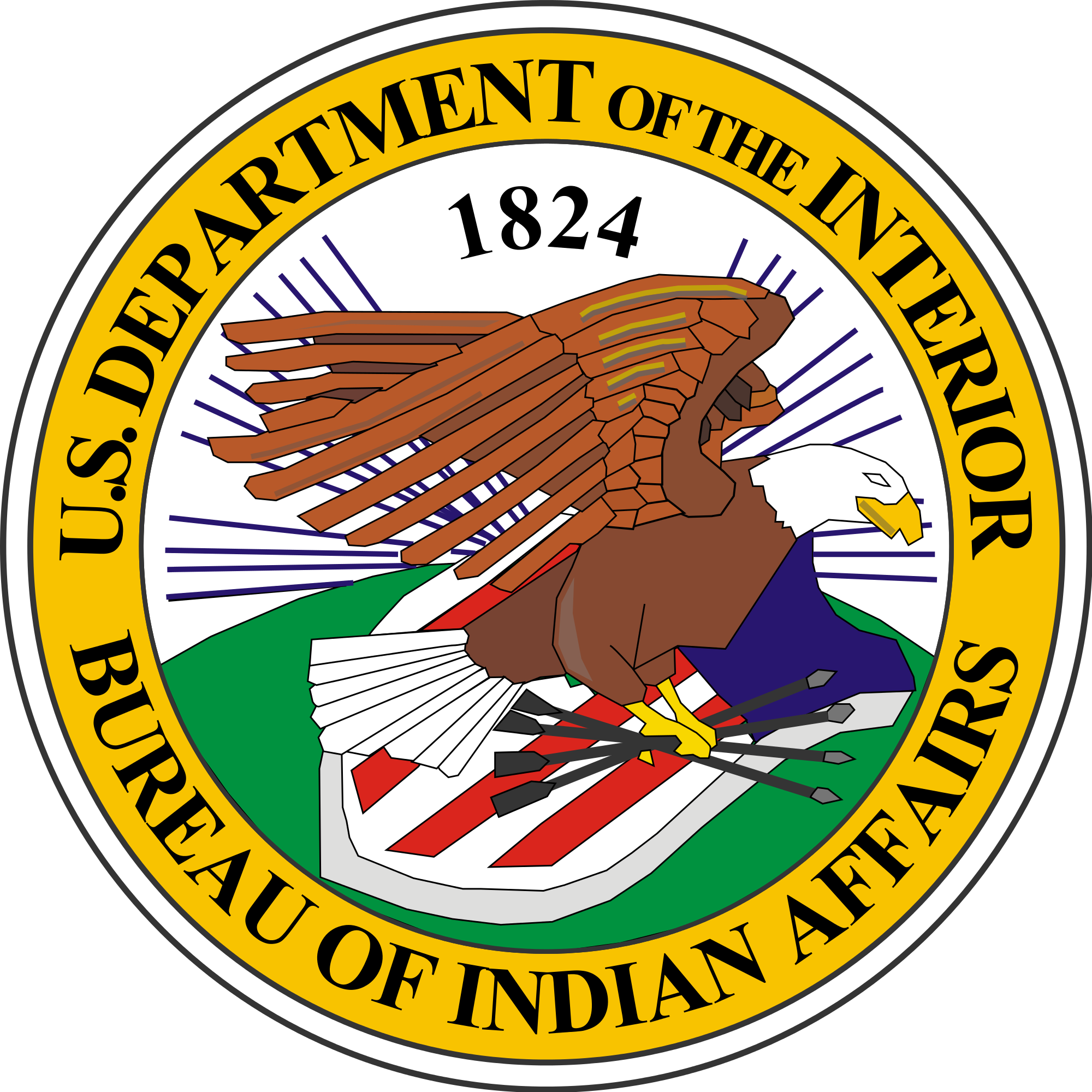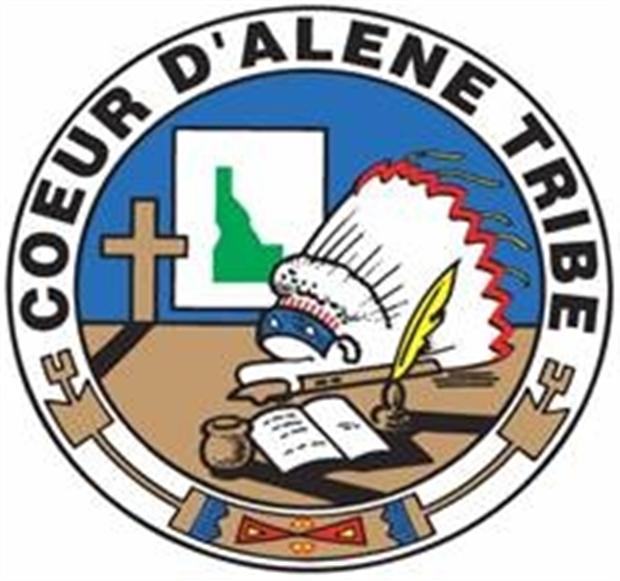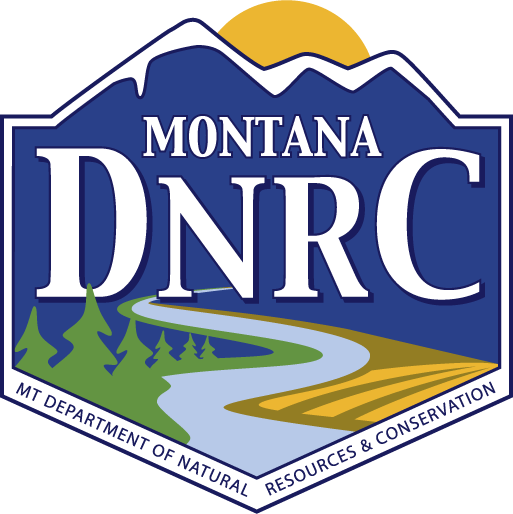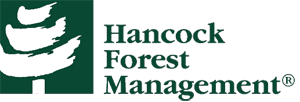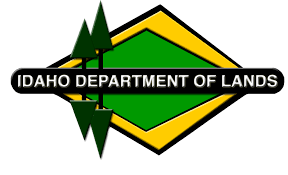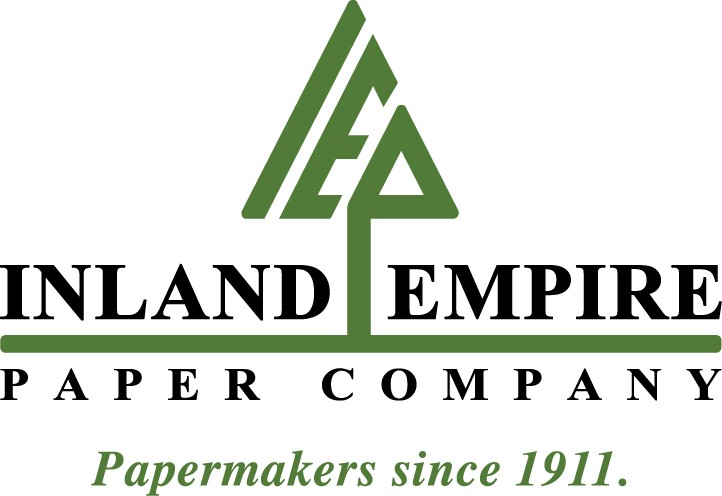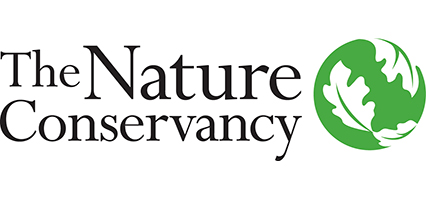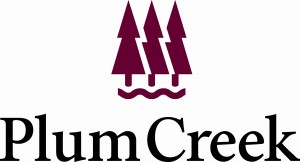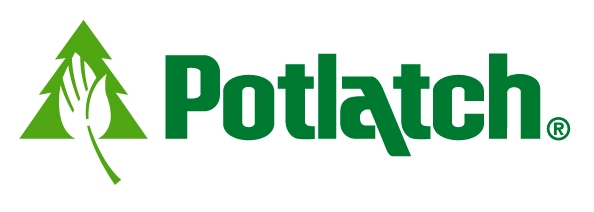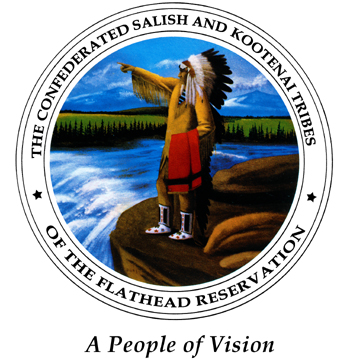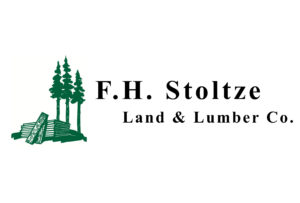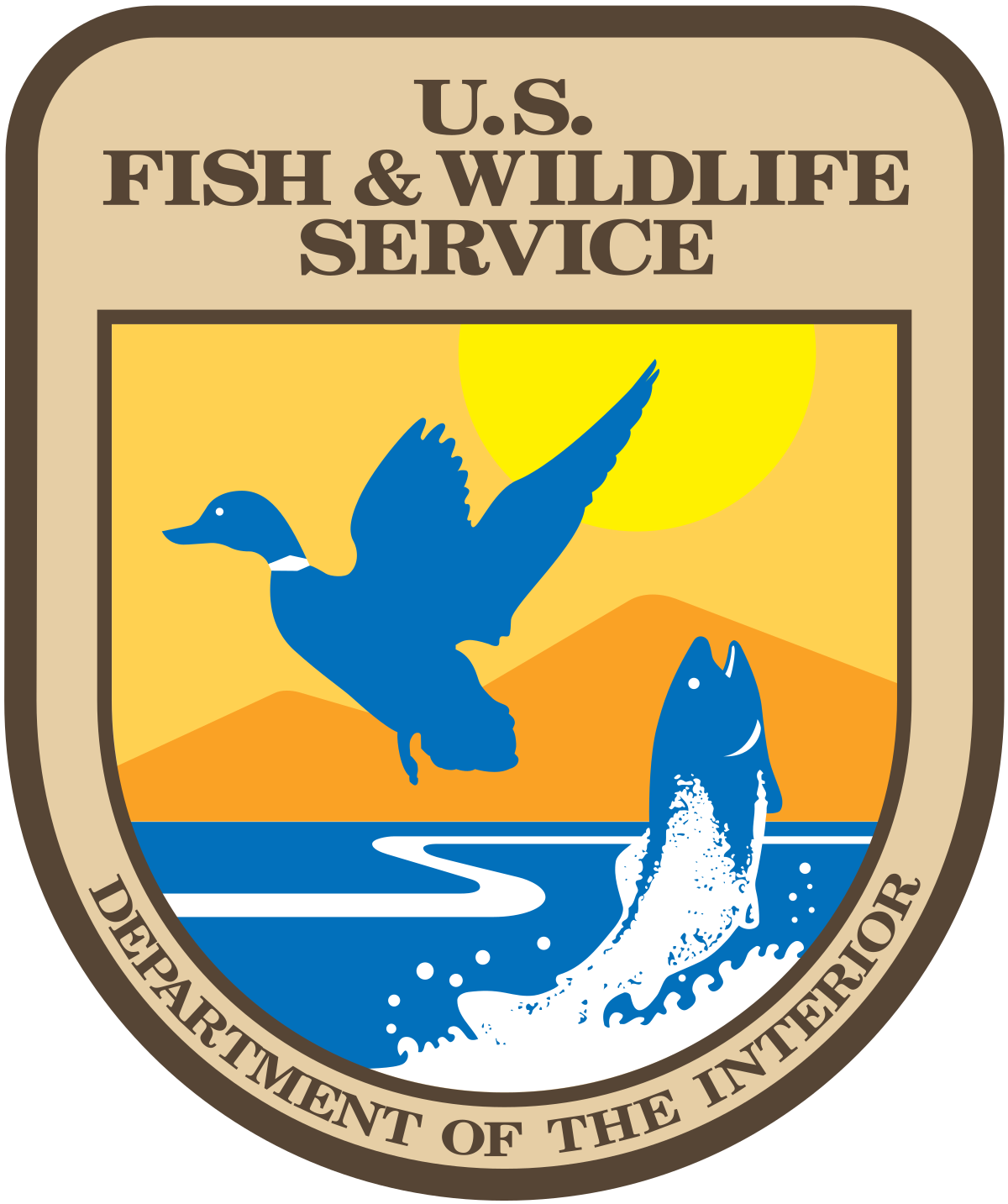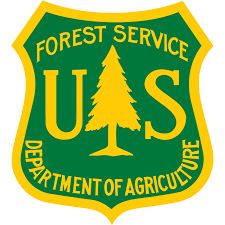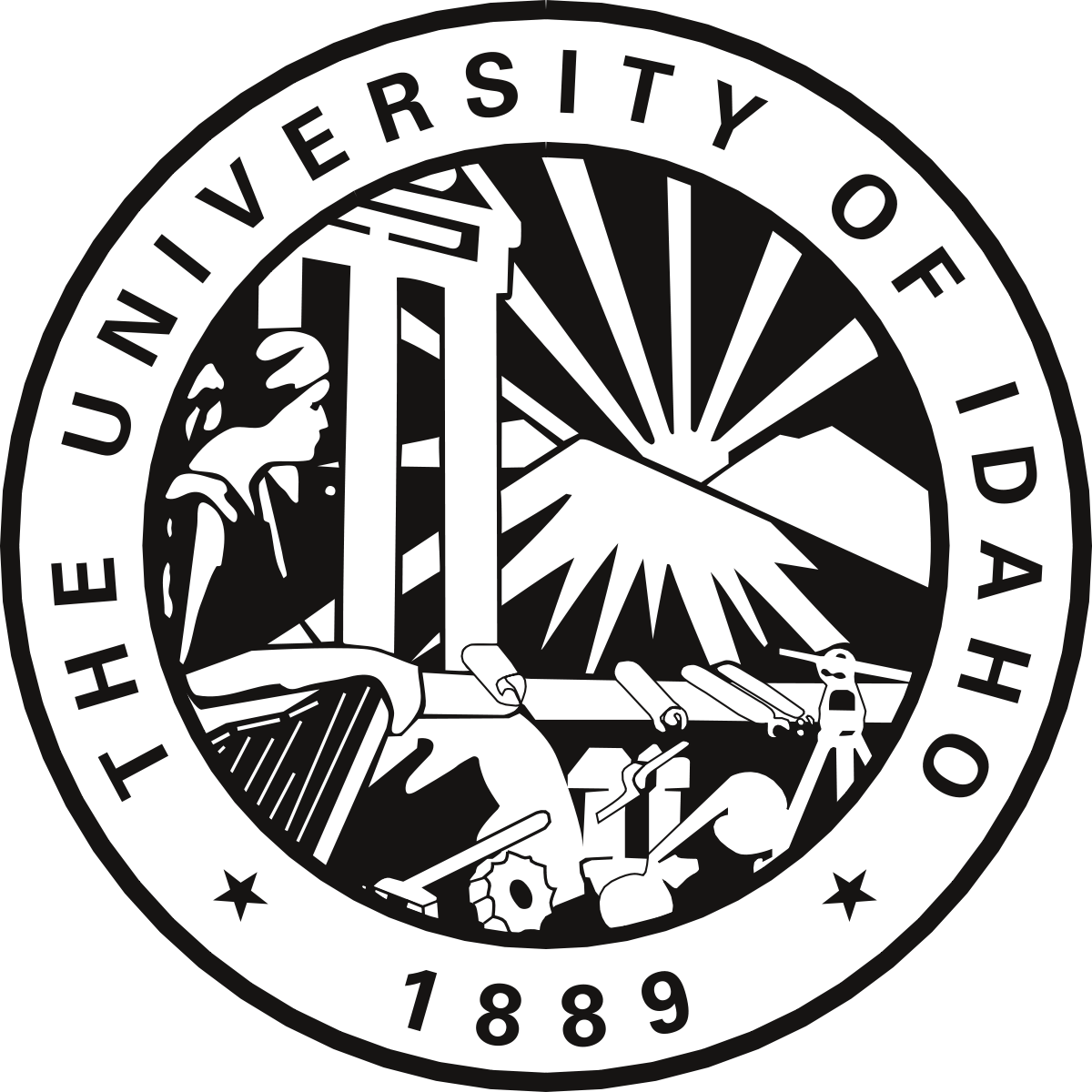Background
In 1978, federal, state and local government agencies and the forest products industry formed the Montana State Airshed Group. Their purpose was to manage and limit the impacts of smoke generated from necessary prescribed burning. In 1990, agencies and companies in North Idaho joined the Montana group on an operational basis to accomplish the same purposes. South Idaho agencies and companies joined the group in 1999.
Why Burn?
There are many benefits to burning under controlled conditions. Some burning is done to provide access and lessen fire danger. Fire is also used to dispose of tree limbs and tops from timber harvesting operations, reducing the fire hazard. Land managers improve wildlife habitat and increase forage by burning areas clogged with accumulated debris. "Prescribed" burns conducted under predetermined, controlled conditions can reduce years of fuel accumulation. These low intensity burns clear brush and small trees while favoring larger trees. The results are a more vigorous and healthy forest which is less susceptible to devastating and sometimes catastrophic wildfires.
How Does the Group Function?
Accumulation of smoke from controlled burning is limited through scientific monitoring of weather conditions and formal coordination of burns. Members submit a list of planned burns to the Smoke Management Unit (SMU) in Missoula, Montana. For each planned burn, information is provided describing the type of burn to be conducted, the number of acres, as well as the location and elevation at each site. Burns are reported by "Airshed" which are geographical areas with similar topography and weather patterns. The program coordinator and a meteorologist provide timely restriction messages for airsheds with planned burning. Weather balloons may be launched and tracked to identify specific atmospheric conditions to aid in decision-making. The SMU issues daily decisions which can restrict burning when atmospheric conditions are not conducive to good smoke dispersion. Restrictions may be recommended by airshed, elevation or by special impact zones around populated areas. The Smoke Management Unit posts daily burning restrictions by airshed on the MT/ID Airshed Group website.
What About the General Public?
Each year more residential property is being developed in and around forested areas. Buildings in this "interface" area can be in danger from wildfires in areas where fuel has accumulated. Homeowners should create a buffer zone between forested areas and any structures. Some Montana counties require individual burning permits available from the local fire protection agency for burning in these types of areas in the spring, well before the fire danger becomes high. Also, in Montana the public can call 1-800-225-6779 from about the first of September to the end of November, to determine if burning is allowed in their area from an air quality perspective. Members in North Idaho should call 1-800-442-0351, for this information.
In Idaho, contact your local fire department or wildland fire district to find out if and when burn permits are needed. The Idaho Department of Lands issues burn permits from May 10th through October 20th of each year.
Fire and Smoke
Whether from a wildfire, agricultural burn, or a prescribed burn designed to reduce wildfire risk, protect ecosystems or improve wildlife habitat, smoke will affect most of us at some point during the year.
The Smoke Management Unit, at the Aerial Fire Depot in Missoula, coordinates efforts to manage smoke during both wildfire season and prescribed burning seasons. Through their commitment to clean air, a number of contributors make the smoke management program work. They include industry and state, local and federal agencies in Idaho and Montana..
Prescribed Burning in Forested Areas
Prescribed burning in forested areas is a useful management tool employed by land managers. In 1978, federal, state and local government agencies and the forest products industry formed the Montana State Airshed Group. Their purpose was to manage and limit the impacts of smoke generated from necessary prescribed burning. In 1990, agencies and companies in North Idaho joined the Montana group on an operational basis to accomplish the same purposes. In 1998, agencies and private industry in South Idaho joined the Montana and North Idaho groups, completing the Montana/Idaho Airshed Group smoke management program.
Contacts
Airshed Coordinators
Airsheds 1-10 are in Montana; airsheds 11-25 are in Idaho.
| Airshed | Name | City | Phone Number |
|---|---|---|---|
| 1 | Jacob Jeresek | Libby, MT | 406-291-5792 |
| Jamey Toland | Libby, MT | 406-283-7777 | |
| 2 | Rick Connell | Kalispell, MT | 406-758-5261 |
| Keith VanBroeke | Kalispell, MT | 406-758-5235 | |
| 3A, 3B | Jeffery Hayes | Missoula, MT | 406-531-9419 |
| 4 | Mathew Young | Hamilton, MT | 406-493-4391 |
| Mark Wilson | Hamilton, MT | 406-360-1154 | |
| 5, 7 | David Mosher | Dillon | 406-683-3991 |
| Maria Helterline | Dillon | 406-683-3986 | |
| 6 | Jonathan Olsen | Great Falls, MT | 406-791-7719 |
| Nicholas Schreiner | Helena, MT | 406-495-3763 | |
| 8A, 8B | Todd Erdody | Bozeman, MT | 406-580-6717 |
| 9 | Kevin Beck | Great Falls, MT | 406-727-7400 ext. 214 |
| 10 | Pat Harty | Billings, MT | 406-896-2911 |
| Scott Schuster | 406-255-1414 | ||
| 11 | Sarah Backebusch | Coeur d'Alene, ID | 208-659-1475 |
| 12A, 12B, 13 | Sarah Backebusch | Coeur d'Alene, ID | 208-659-1475 |
| 16, 17 | Fritz Cluff | Salmon | 208-756-5158 |
| Tim Bradley | Salmon | 208-756-5157 | |
| 18, 19, 20 | Richard Wilson | Idaho Falls, ID | 208-524-7615 |
| Ashley Powell | Idaho Falls, ID | 208-524-7615 | |
| 21, 22 | Andra Peterson | Boise, ID | 208-384-3398 |
| Matthew Sorensen | Boise, ID | 208-384-3398 | |
| 23, 24 | Rob Haddock | Shoshone, ID | 208-732-7326 |
| Bridget Phillips | Shoshone, ID | 208-732-7202 |
Executive Board Officers
| Name | Position | Association |
|---|---|---|
| Tim Spoelma | Chair | Montana Department of Natural Resources and Conservation |
| Cory Flesher | Vice Chair | Idaho Department of Lands |
| Kristy Tucker | Secretary | PotlatchDeltic |
| Brian Hobday | Treasurer | Green Diamond |
Contact Us
For smoke-related emergencies please contact your Airshed Coordinator. For other operational program inquiries, please contact your Member Representative.
All official inquiries should be directed to:
Tim Spoelma
Chair, MT/ID Airshed Group
Office: (406) 542-4343
Email: tspoelma@mt.gov
Smoke Management Unit
Montana: Jill Webster, Phone: 406-361-5380
Idaho: Paul Corrigan, Phone: 801-440-1350
The information and recommendations contained in this site are for the use of the members of the Montana/Idaho Airshed Group. Others should contact the permitting entity in their area for information on burning.
